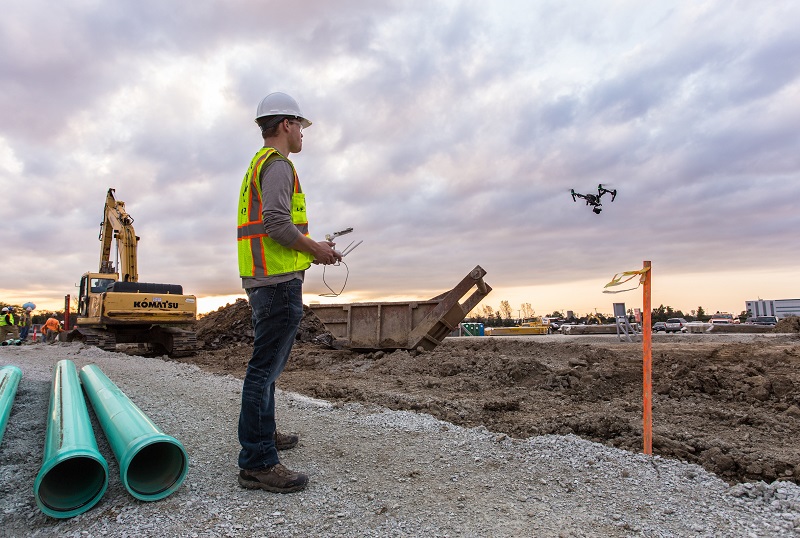Aerial Monitoring Solutions (AMS) was founded in 2013 to fulfill a niche in the market for low cost, customised unmanned aerial systems. The team has a strong background of aircraft manufacturing and maintenance and has allowed AMS to position itself as a leading Unmanned Aerial Vehicles (UAVs) manufacturing and maintenance company.
From its humble roots of design and manufacture out of a garage, AMS has now grown its manufacturing capability to output high quality, locally manufactured UAVs.
AMS offers reliable and efficient unmanned systems to aid the customer in effectively and safely undertaking monitoring duties. Through technical excellence and passion, our highly skilled team provides cutting edge solutions and unparalleled backup, maintenance and support to the civil unmanned systems market.
AMS is focused on supplying high quality systems to the commercial civil unmanned aircraft market. As such their products are available to most industry sectors as well as private individuals, NGOs, NPOs and government institutions.They currently service most countries across the African Continent.
Adam Rosman, the Managing Director of Aerial Monitoring Solutions (Pty) Ltd, talks to Construction Review Magazine about the positive impact of the new UAV technology in Africa construction sites.
1. How does Aerial Monitoring Solutions (Pty) Ltd see the African drones in construction market?
Drones offer a wide variety of applications with the construction industry being a growing and expanding sector where drones are beginning to make a positive impact. Due to the fact that drones provide state-of-the-art technology for data collection while remaining affordable, they are revolutionizing many industries. Drones in the construction industry allow for precise measurements to be taken, up-close inspections to be performed and materials monitoring to name a few, to take place. These tasks can now be done by a larger quantity of companies as the barrier to entry has been lowered by the growth of the drone market. This is opening up this and many other industries to more people and allowing the industry to grow without any compromise on quality.
2. Which are the most popular drone technologies being applied in Africa currently?
The most popular drones in Africa are the DJI range of products. These are multi-copter solutions built in china. They currently dominate the worldwide drone industry holding over 80% of the commercial market share. These systems are primarily used in applications where highly maneuverable drones are required and only for a short period of time. Their limited flight time does restrict their operations to smaller areas.
3. What are the challenges in the African market in terms of application and maintenance?
The primary challenges are understanding what drone technology can offer along with backup and support. Many systems are manufactured overseas,typically in the far east and so backup and after-sales support for the systems is often not readily available. However as the African market grows, these companies will have to start opening up maintenance centres to maintain their market share. This has happened across much of Europe and North America and it is only a matter of time before these open in Africa.
The other challenge pertains to the understanding of what drones can do. As with any new technology, people are still testing it in numerous different applications. When drones first emerged in the commercial space, they were primarily used for just filming. If we look at how they have progressed since, they are now used for everything from precision agriculture, to security and anti-poaching. Once the technology is readily and affordably available, it’s uses will expand.
4. What do you think can be done to overcome these challenges?
Drones are already having a large positive effect on Africa but they are still seen as an expensive piece of equipment. On a continent full of emerging economies, price is key and once this begins to drop further, the uptake and use of drones will increase.
Another key challenge is that faced with regards to the regulators. While many regulators have started to adopt drone regulations, these can often be more of a hindrance to growth than a catalyst. This is often due to a lack of understanding and long implementation times and in a rapidly growing sector, this can kill the industry. More focus needs to be placed on correct implementation of drone regulations and not setting up a ludicrous barrier of entry to the potential small drone operators who will drive economic growth.
5. How is the future of drones in construction in Africa looking?
At this stage it is still one of the smaller sectors of the African drone industry but as with all new technology, it is primed and ready to grow.


I am a stainless steel welding teacher and iron in live and Lebanon want a work visa 0096170355032